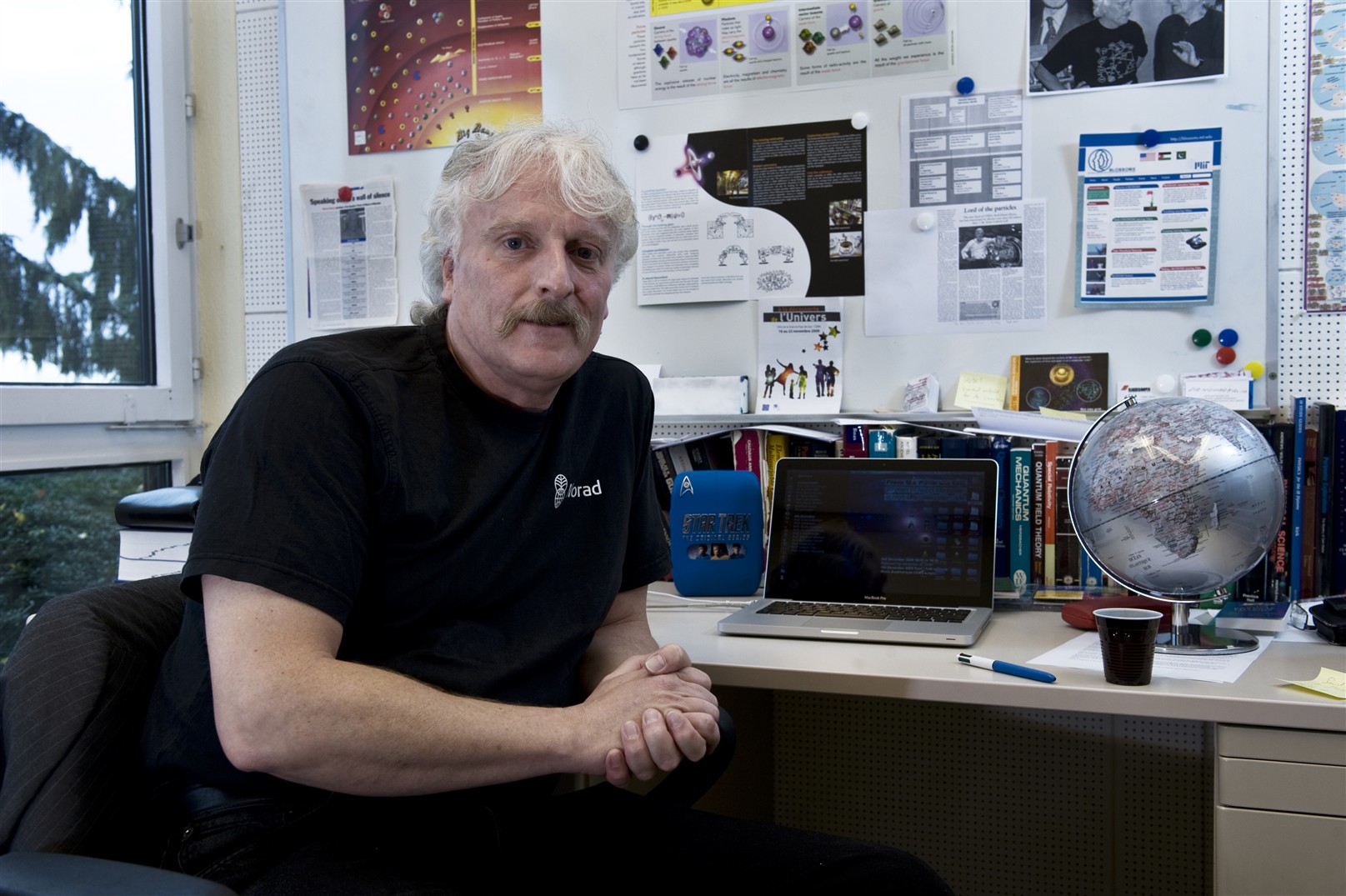Teacher in Residence: Bringing Science to Students
CERN welcomes its first Teacher in Residence, Terrence Baine of the University of Oslo. Baine, who originally hails from Canada, will be concurrently completing his PhD in Physics Education during his time at CERN. Like CERN’s High School Teacher Programme (HST), of which Baine is an alumnus, the Teacher in Residence position is designed to help educators spread the science of CERN in a form that is accessible to students and can encourage them to pursue physics throughout their education.

Terrence Baine, first 'teacher in residence' at CERN
As Teacher in Residence, Baine’s primary project will be to develop teaching modules, or a series of lesson plans, that can help high school teachers around the world incorporate modern particle physics into their curricula. This idea is unusual in that 14 and 15 year old students, the target age group of this program, are generally given very limited exposure to modern scientific research.
“There’s an old adage,” observes Baine, “that relates to the teaching of basic knowledge. People must learn to walk before they can run. That’s true, but it’s nice to let them know why they might want to run… Here’s the race that you can be a part of later.”
Baine has conducted reviews of national curricula to assess how the lesson plans can be injected into the existing educational framework, while still allowing teachers the freedom to design their own courses. In order to capture the students’ attention, Baine’s modules link core curricular ideas to what he calls a “wow factor,” or element of popular culture that the student will recognize and have questions about.
Ultimately, these plans would be available free of charge in a range of languages from a public source such as the CERN website. In addition to targeting schools in several different countries, Baine has also begun working with CERN Outreach to find appropriate schools in the community where the programs can be piloted.
Baine is enthusiastic about his project and its far-reaching effects. “It’s very exciting for me, personally. I love teaching, I love my students, but it’s nice also to work at another level, to effect change at a different level than in the classroom.”
When asked about future projects for the Teacher in Residence program, Baine alluded to the possibility of reaching students in developing countries such as Rwanda and others in sub-Saharan Africa (Baine himself had his first teaching experience in Nigeria). Using videoconferencing, a technique he has applied to bring CERN to his school in Norway, Baine believes that schools with limited resources or facilities can still be exposed to cutting-edge physics.
“That would be a dream… We can use new communication technologies to bring CERN to the classroom.”
by Daisy Yuhas

